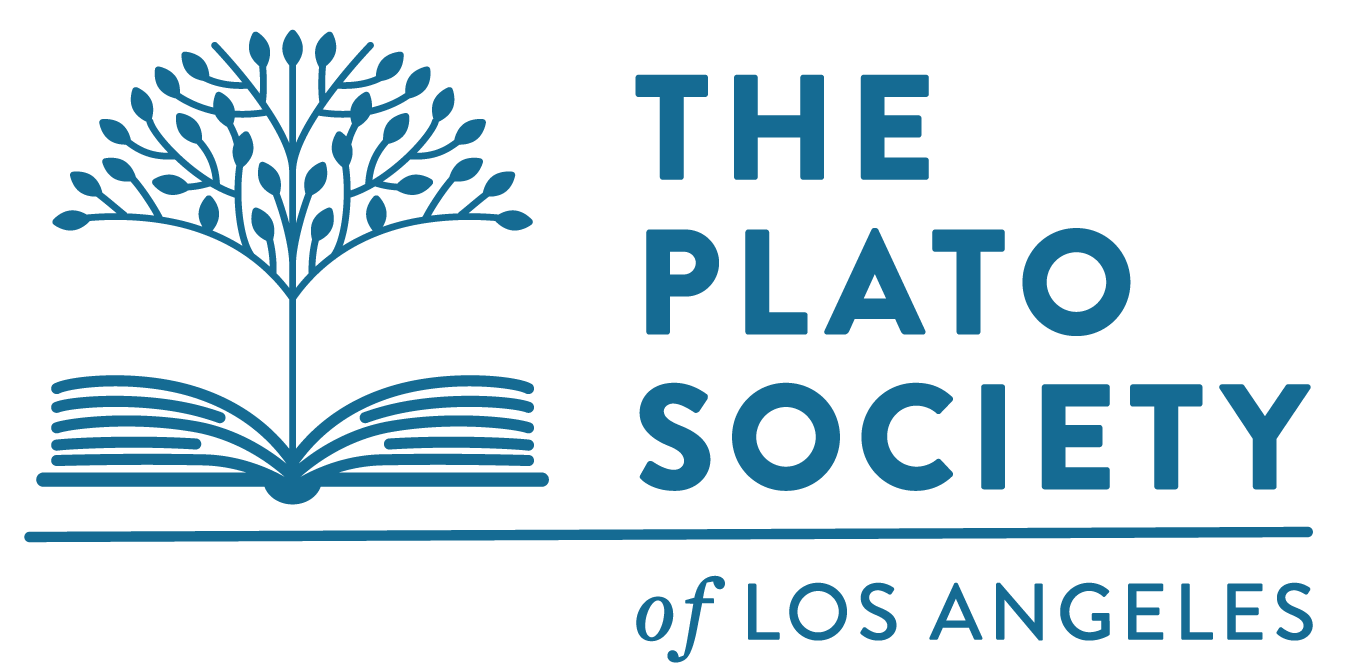Most scientific findings or discoveries are often sedimentary, slowly building on the edifice of understanding. Rare is the idea that marks a fundamental change to a system of thought, forcing the rest of science to bend to its own vision. But, on November 25th 1915 Albert Einstein published a theory that did just that. Over one hundred years later, we’ll discuss several of the best scientific achievements that 2021 had to offer—to explore and gain some understanding of the frontiers of science.
Science Magazine is the academic journal of the American Association for the Advancement of Science (AAAS) and is one of the world's top scientific journals. The major focus of the journal is publishing important original scientific research and research reviews, but Science also publishes science-related news, opinions on science policy and other matters of interest to scientists, and others who are concerned with the wide implications of science and technology.
Science magazine, and the also popular Science News magazine, annually assess the major scientific advances in the preceding year, and look forward to potential advancements in the coming year. This SDG will explore several of 2021’s breakthroughs and advances in different scientific disciplines as reported in those magazines and their websites. Our group will discuss the science leading up to the breakthrough, and the potential implications, scientific, economic, legal and ethical, of the recent advances.
This SDG will be accessible to anyone interested in studying, discussing and appreciating the merits and implications of advances across the frontiers of science. Gaining an understanding of the various concepts, principles and applications is desired. Understanding the related or underlying detailed "equations," and their use is optional.








